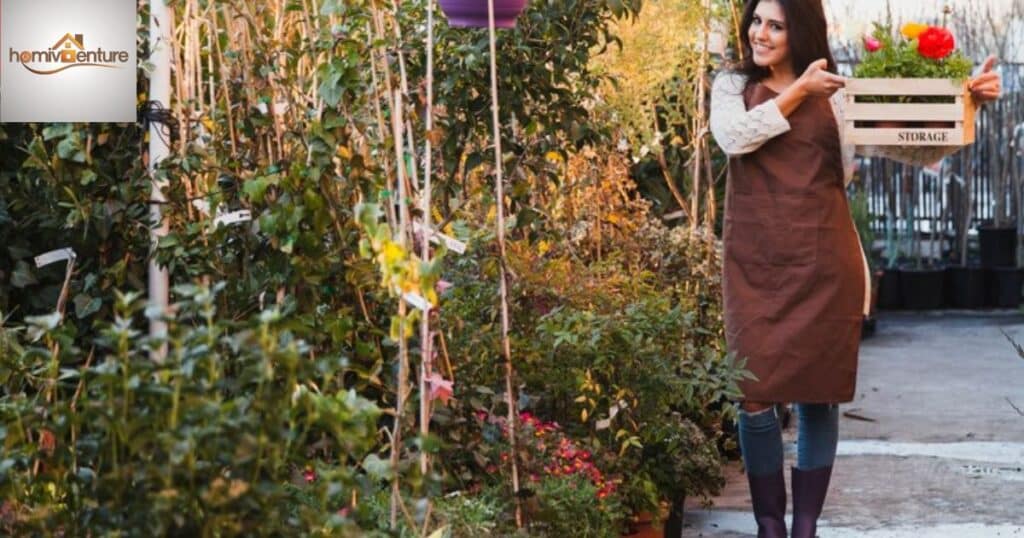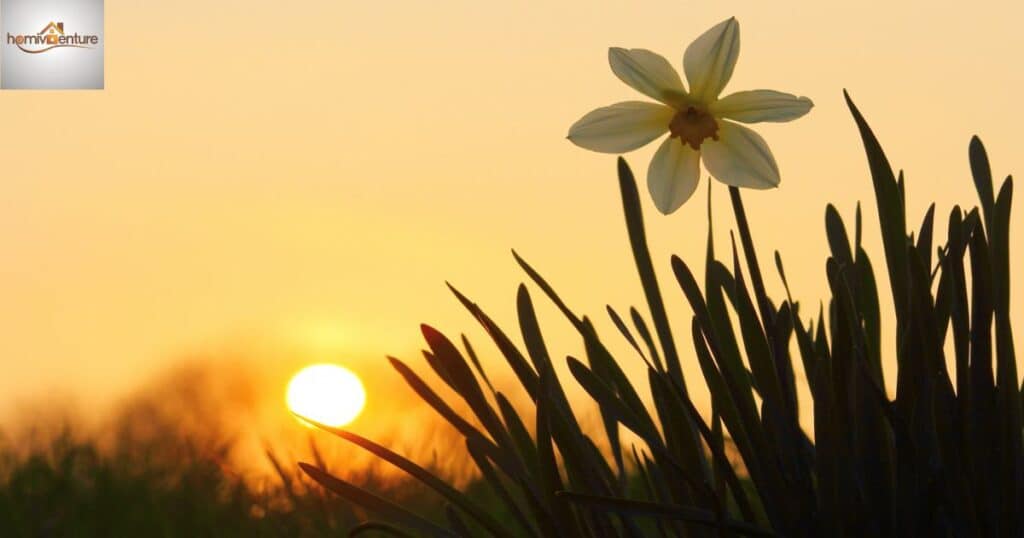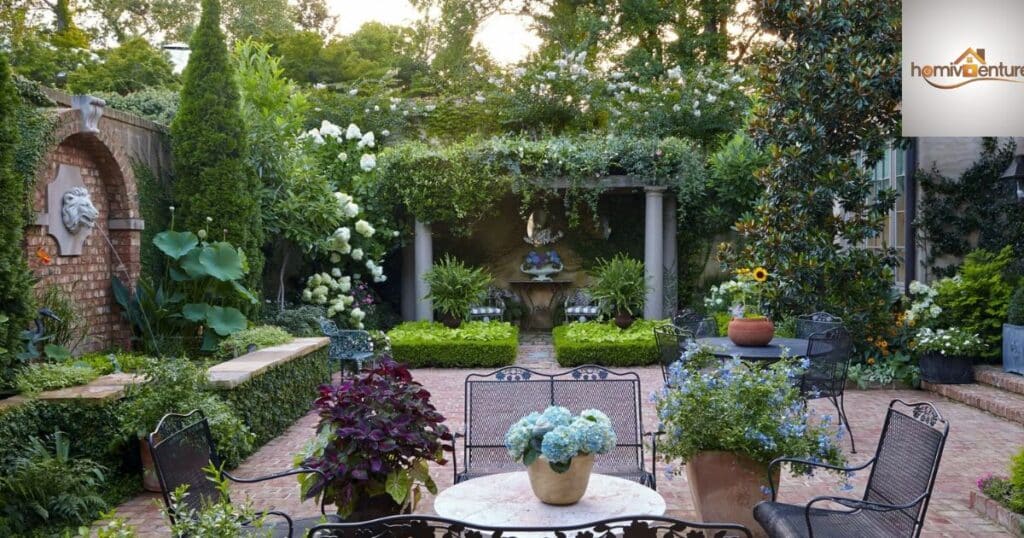Introduction to North East Facing Gardens
Selecting the right garden orientation is crucial for maximizing your green space’s potential. North east facing gardens, which receive morning sunlight from the east and afternoon shade from the north, offer a unique set of advantages and challenges.
This comprehensive guide will explore the intricacies of these gardens, helping you make an informed decision about whether this orientation aligns with your gardening goals and climate conditions.
Understanding Garden Orientation
Before delving into the specifics of north east facing gardens, it’s essential to grasp the significance of garden orientation. The direction your garden faces plays a pivotal role in determining the amount of sunlight it receives throughout the day and across different seasons.
Factors like latitude, climate, and surrounding structures can also influence the lighting patterns in your outdoor space.
Advantages of North East Facing Gardens

- Cool Morning Sunlight: During the hot summer months, north east facing gardens benefit from gentle morning sun, which is less intense and less likely to scorch plants.
- Reduced Afternoon Heat Stress: As the day progresses, these gardens receive less direct sunlight, providing a respite from the harsh afternoon rays that can stress and dehydrate plants.
- Excellent Eastern Exposure: The eastern orientation ensures that your garden receives ample morning light, which is essential for many plants to kickstart their daily growth and photosynthesis processes.
- Anecdote: Jessica, an avid gardener in Colorado, shares her experience: “My north east facing garden has been a true oasis. The cool morning sun allows me to enjoy my morning cup of coffee amidst vibrant blooms, while the afternoon shade keeps my plants from wilting under the scorching heat.”
Disadvantages of North East Facing Gardens
- Lack of Sufficient Light in Winter: During the winter months, when the sun’s path is lower in the sky, north east facing gardens may struggle to receive adequate sunlight, potentially hindering plant growth.
- Evening Shade Challenges: As the afternoon progresses, these gardens can become increasingly shaded, limiting the amount of sunlight available for photosynthesis and potentially stunting the growth of sun-loving plants.
- Higher Moisture Levels: The combination of morning sun and afternoon shade can lead to higher moisture levels in the soil, which may be problematic for plants that require well-drained conditions.
- Real-life Challenge: Sarah, a gardener in Seattle, shares her experience: “While my north east facing garden thrives during the spring and summer, it can be a challenge to keep certain plants happy during the darker winter months. I’ve had to be strategic with my plant choices and incorporate supplemental lighting in some areas.”
Natural Lighting in North East Facing Gardens
To better understand the lighting patterns in north east facing gardens, let’s take a closer look at the typical sun exposure throughout the day and across different seasons:
Morning Sunlight:
- In the early hours, north east facing gardens receive direct sunlight from the east, providing gentle illumination ideal for seedlings and plants that prefer cooler temperatures.
- As the sun continues its journey, the garden gradually transitions into partial shade, offering a balance of light and shade.
Afternoon Sunlight:
- During the afternoon hours, these gardens experience increasing shade from the north, reducing the intensity of the sun’s rays.
- In the later afternoon and evening, the garden may be predominantly shaded, with minimal direct sunlight.
Seasonal Variations:
- In the summer, when the sun’s path is higher, north east facing gardens receive more morning sunlight and earlier afternoon shade.
- In the winter, with the sun’s lower position, these gardens may struggle to receive sufficient light, especially in the later afternoon and evening hours.
Compared to other orientations, north east facing gardens offer a unique blend of morning sun and afternoon shade, which can be advantageous for certain plants but challenging for others.
Read More About: Should You Buy a House with a West Facing Garden? Pros and Cons Explained
Morning Sunlight: Benefits and Challenges

The gentle morning rays in north east facing gardens offer several benefits:
Advantages:
- Reduces the risk of scorching or burning delicate plants
- Allows plants to gradually warm up and prepare for the day’s activities
- Provides ideal conditions for plants that thrive in cooler temperatures
Potential Challenges:
- Lower temperatures in the morning can slow down growth for some plants
- Dew or moisture buildup may occur, increasing the risk of fungal diseases
- Certain plants may require more direct sunlight than the angled morning rays can provide
To maximize the benefits of morning sunlight, consider implementing strategies such as:
- Selecting plants that are well-suited to the cooler morning conditions
- Incorporating hardscaping elements (e.g., trellises, arbors) to filter and regulate the morning light
- Ensuring proper air circulation to minimize moisture buildup
Evening Shade: Pros and Cons
While the afternoon shade in north east facing gardens can be advantageous in many ways, it also presents some potential drawbacks:
Pros:
- Reduces heat stress and water loss for plants during the hottest part of the day
- Creates a comfortable outdoor living space for relaxation and entertainment
- Provides respite for heat-sensitive plants and helps prevent wilting
Cons:
- Limits the amount of sunlight available for photosynthesis in the afternoon and evening hours
- May inhibit the growth of sun-loving plants that require extended periods of direct light
- Can contribute to higher moisture levels in the soil, leading to potential issues with root rot or fungal diseases
To mitigate the challenges of evening shade, consider implementing strategies such as:
- Selecting plants that thrive in partial shade or dappled light conditions
- Incorporating supplemental lighting (e.g., grow lights) for plants that require additional illumination
- Ensuring proper drainage and soil aeration to prevent waterlogged conditions
Challenges with Sunrooms and Patios

If you have a sunroom or patio attached to your north east facing garden, you may encounter additional challenges in terms of light exposure and temperature regulation.
Sunroom Considerations:
- The angled morning sunlight may not provide sufficient illumination for the sunroom
- Afternoon and evening shade can make the sunroom feel cooler and less inviting
Patio Considerations:
- The patio may receive limited direct sunlight, making it less suitable for sun-bathing or outdoor dining during certain times of the day
- Shade patterns can impact the overall ambiance and usability of the patio space
To address these challenges, consider implementing the following strategies:
- Adjust the orientation and placement of sunrooms and patios to maximize light exposure
- Incorporate adjustable shades, retractable awnings, or trellises to moderate light levels
- Ensure proper ventilation and air flow to maintain comfortable temperatures
- Incorporate heating elements (e.g., outdoor heaters, fireplaces) for cooler evenings
Gardening Tips for North East Facing Gardens
To make the most of your north east facing garden, consider incorporating these gardening tips:
- Plant Selection: Choose plants that thrive in partial shade or dappled light conditions, such as hostas, ferns, begonias, and impatiens.
- Improving Sun Exposure: Strategically angle or elevate plants to maximize their exposure to the morning sun. Consider incorporating reflective surfaces or mirrors to bounce light into shadier areas.
- Soil Enrichment: Regularly amend the soil with organic matter to improve drainage and aeration, reducing the risk of waterlogged conditions.
- Moisture Management: Monitor soil moisture levels and adjust watering schedules accordingly. Mulching can help retain moisture during drier periods.
- Companion Planting: Pair sun-loving plants with shade-tolerant varieties to create a balanced and visually appealing garden.
- Pruning and Maintenance: Regularly prune and thin out dense foliage to allow for better light penetration and air circulation.
Plant Selection and Growth Considerations

When selecting plants for your north east facing garden, consider their specific light requirements and growth patterns. Here are some examples of plants that may thrive in these conditions:
Partial Shade Plants:
- Hydrangeas
- Astilbes
- Bleeding hearts
- Coral bells
- Japanese maples
Shade-Tolerant Plants:
- Hostas
- Ferns
- Impatiens
- Begonias
- Caladiums
It’s important to note that while these plants can tolerate partial shade or dappled light, their growth patterns may be influenced by the specific lighting conditions in your north east facing garden. Some plants may exhibit more compact growth, while others may stretch towards the available light sources.
Designing a North East Facing Garden: Tips and Tricks
When it comes to designing a north east facing garden, creativity and strategic planning are key. Consider implementing the following design ideas and layout suggestions:
Creative Design Ideas:
- Incorporate a winding path or stepping stones to guide visitors through the garden, creating a sense of exploration and discovery.
- Use hardscaping elements like retaining walls, raised beds, or decorative trellises to add visual interest and create distinct garden rooms or zones.
- Incorporate water features (e.g., fountains, birdbaths) to introduce soothing sounds and focal points.
- Utilize decorative containers or hanging baskets to add pops of color and texture in strategic locations.
Layout Suggestions:
- Place taller plants or structural elements (e.g., pergolas, arbors) towards the west side of the garden to filter the afternoon sun.
- Group plants with similar light requirements together to create cohesive and thriving micro-environments.
- Incorporate seating areas or outdoor living spaces in the shadier sections of the garden for comfortable relaxation.
This layout showcases distinct zones for plants with varying light requirements, incorporates hardscaping elements like a patio and water feature, and utilizes pathways to create a cohesive and visually appealing design.
Read More About: Top 11 Backsplash Ideas for White Cabinets and Granite Countertops
Maximizing Space and Functionality
Even if you have a small north east facing garden or yard, there are strategies to maximize its potential:
- Vertical Gardening: Incorporate vertical elements like trellises, obelisks, or living walls to create additional growing space and add visual interest.
- Multifunctional Solutions: Combine functional elements like seating areas, outdoor kitchens, or play spaces with your garden design to create a multifunctional outdoor living area.
- Container Gardening: Utilize containers, raised beds, or hanging baskets to grow a variety of plants in a compact space.
- Incorporate Pathways: Create winding paths or stepping stones to guide visitors through the garden and create a sense of exploration, even in a small area.
- Zone Planning: Divide your garden into distinct zones based on light requirements, plant types, or intended use (e.g., relaxation area, vegetable patch).
By implementing these strategies, even the smallest north east facing garden can become a functional and visually appealing outdoor oasis.
Conclusion: Is a North East Facing Garden Right for You?
North east facing gardens offer a unique blend of advantages and challenges. On the plus side, they benefit from cool morning sunlight, reduced afternoon heat stress, and excellent eastern exposure. However, they may struggle with limited light during the winter months, evening shade challenges, and higher moisture levels.
Ultimately, whether a north east facing garden is right for you depends on your specific gardening goals, climate conditions, and the types of plants you wish to cultivate. If you favor shade-tolerant plants, enjoy morning gardening routines, and live in a region with hot summers, a north east facing garden could be an ideal choice.
On the other hand, if you prioritize sun-loving plants, desire abundant afternoon and evening light, or reside in a cooler climate with limited sunlight, a different garden orientation may better suit your needs.
By carefully evaluating your preferences, climate, and plant requirements, you can make an informed decision on whether a north east facing garden aligns with your gardening vision. Regardless of your choice, embracing the unique characteristics of your garden’s orientation and implementing thoughtful design strategies can transform any outdoor space into a thriving oasis.
Read More About For Related Post…







